What if we told you that Istanbul (formerly known as Constantinople) wasn’t just a second Rome but it was also a second Jerusalem?

Table of Contents

Introduction: A Deep Dive into Jewish History in Istanbul
Istanbul’s historic neighborhoods, like Balat, Galata, Karaköy and Kuzguncuk, are testaments to the city’s diverse cultural fabric, especially its Jewish heritage. Jewish life in the region is a long, layered story—one that includes ancient communities in Byzantine Constantinople, the flourishing of Jewish centers in the Ottoman Empire, and unique intersections with Turkic peoples.

Let’s explore how this legacy unfolded, encompassing cities like Selanika and neighborhoods like Balat and Kuzguncuk, and how it even connects to figures like Mustafa Kemal Atatürk, the founder of modern Turkey.
Istanbul: Where Monotheistic Traditions Converge
Istanbul’s identity as a “second Rome” and a “second Jerusalem” is woven into its history, design, and enduring spiritual significance. When Constantine founded Constantinople in the 4th century, he sought to create a city that rivaled Rome in grandeur and influence, establishing it as the heart of the Roman and later Byzantine empires. Over time, it also became a sanctuary for Jewish communities, particularly after the Sephardic Jews found refuge here, adding layers of spiritual and cultural richness reminiscent of Jerusalem. With the Ottoman conquest in 1453, the city’s Islamic identity flourished, and it became a cherished symbol for Muslims worldwide, housing some of the most revered mosques and serving as the seat of the Caliphate.

Istanbul is not just a city but a testament to humanity’s shared aspirations and sacred connections—a place where the legacies of Rome, Jerusalem, and Islam converge, embodying the timeless coexistence of power, faith, and culture.

Jewish Life in Constantinople Before 1492
The roots of Jewish presence in Constantinople (Istanbul’s former name until 1930s) extend back to the Roman and Byzantine periods, when Jewish communities lived under fluctuating levels of tolerance. During these eras, policies often oscillated between protection and marginalization, influencing Jewish participation in the city’s economy, trade, and artisan crafts. Despite challenges, they contributed significantly to Constantinople’s cultural and economic life, laying the groundwork for future waves of Jewish migration.
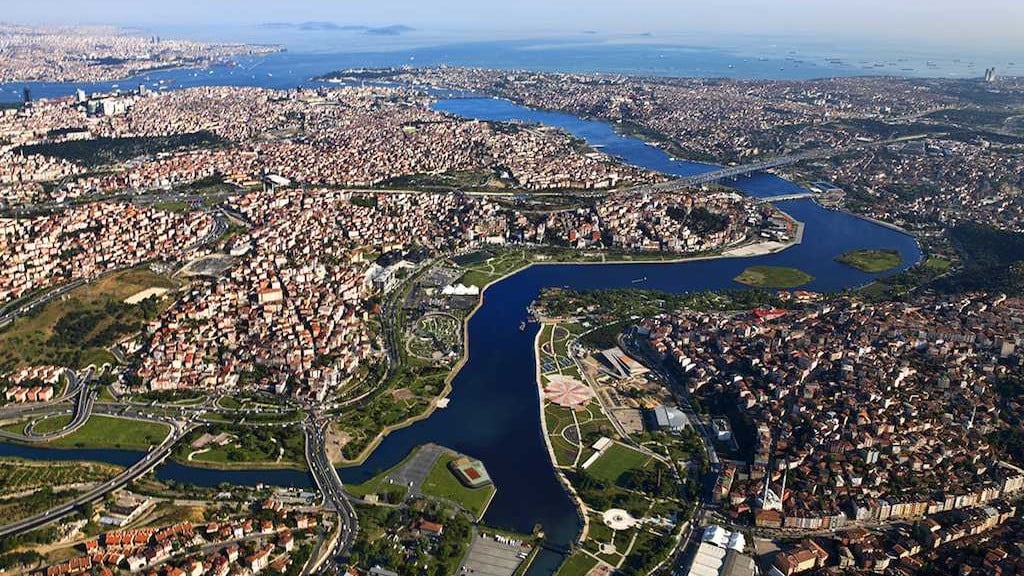
Early Jewish populations primarily settled around the Golden Horn, in areas such as Pera and, later, Balat. Many Jewish merchants were deeply involved in maritime trade, leveraging Constantinople’s strategic location to connect with key ports in the Black Sea and the Crimean Peninsula. They traded goods such as spices, textiles, grain, furs, fish, and metals, and acted as intermediaries in trade networks spanning Europe, Asia, and the Mediterranean and served as important hubs in the exchange of goods and cultures.
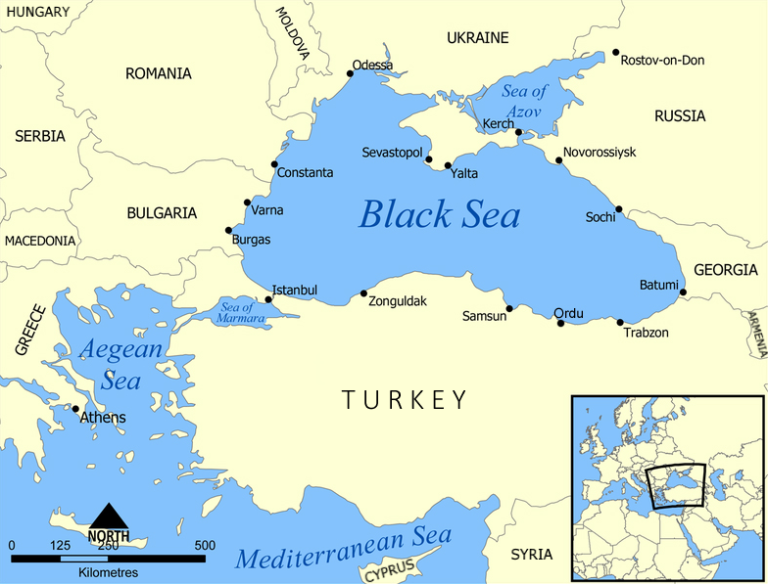
In addition to their economic contributions, Jewish communities maintained a distinct religious identity, establishing synagogues and preserving traditions despite occasional restrictions. This foundational Jewish presence not only enriched the city’s diversity but also set the stage for the integration of Sephardic Jews who arrived after 1492.

The Ottomans and the Jews of Selanika
When the Ottoman Empire captured Constantinople in 1453, it had already encountered thriving Jewish communities, particularly in Selanika (modern Thessaloniki), which they took in 1430. This means the Ottomans met the Jews of Selanika 23 years before taking Constantinople. Selanika was unique—by the late 15th century, Jews had become the majority population in the city, a fact that made it the only city in human history where Jews maintained a majority for centuries. This earned it the nickname “The Mother of Israel.”

Renowned historian İlber Ortaylı emphasizes that the Ottoman millet system allowed Jewish communities significant autonomy in managing their religious, legal, and communal affairs. This system, rooted in Ottoman policies of tolerance, enabled Selanika’s Jewish community to flourish. The expulsion of Jews from Spain in 1492 further bolstered its population, transforming Selanika into a vibrant hub of Jewish life known as the “Jerusalem of the Balkans.” Ortaylı also highlights the Jewish role in Ottoman modernization, noting their contributions to cultural and economic progress within the empire.
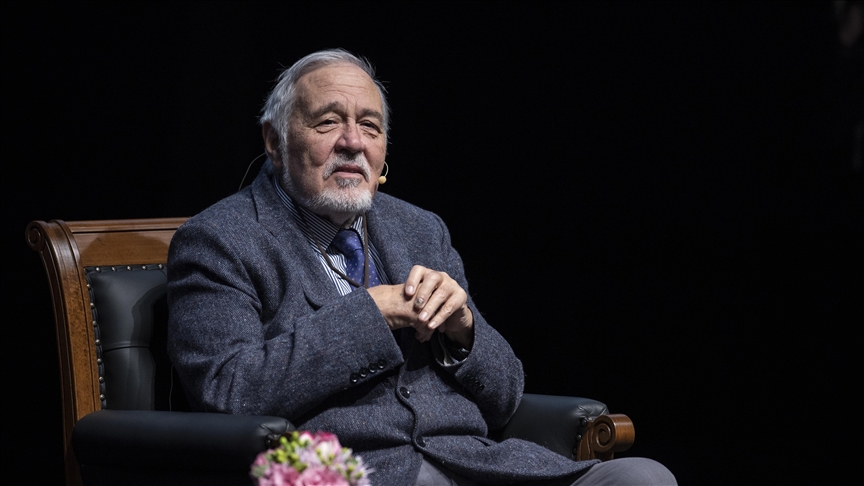
Over the centuries, Ottoman Jewry played a vital role in the empire, managing import-export operations, handling diplomatic communications, and even introducing the printing press to Istanbul. Selanika’s Jewish majority and their contributions significantly shaped the cultural and economic fabric of the Ottoman Empire, leaving a lasting legacy that Ortaylı describes as integral to the empire’s diverse and dynamic social mosaic.
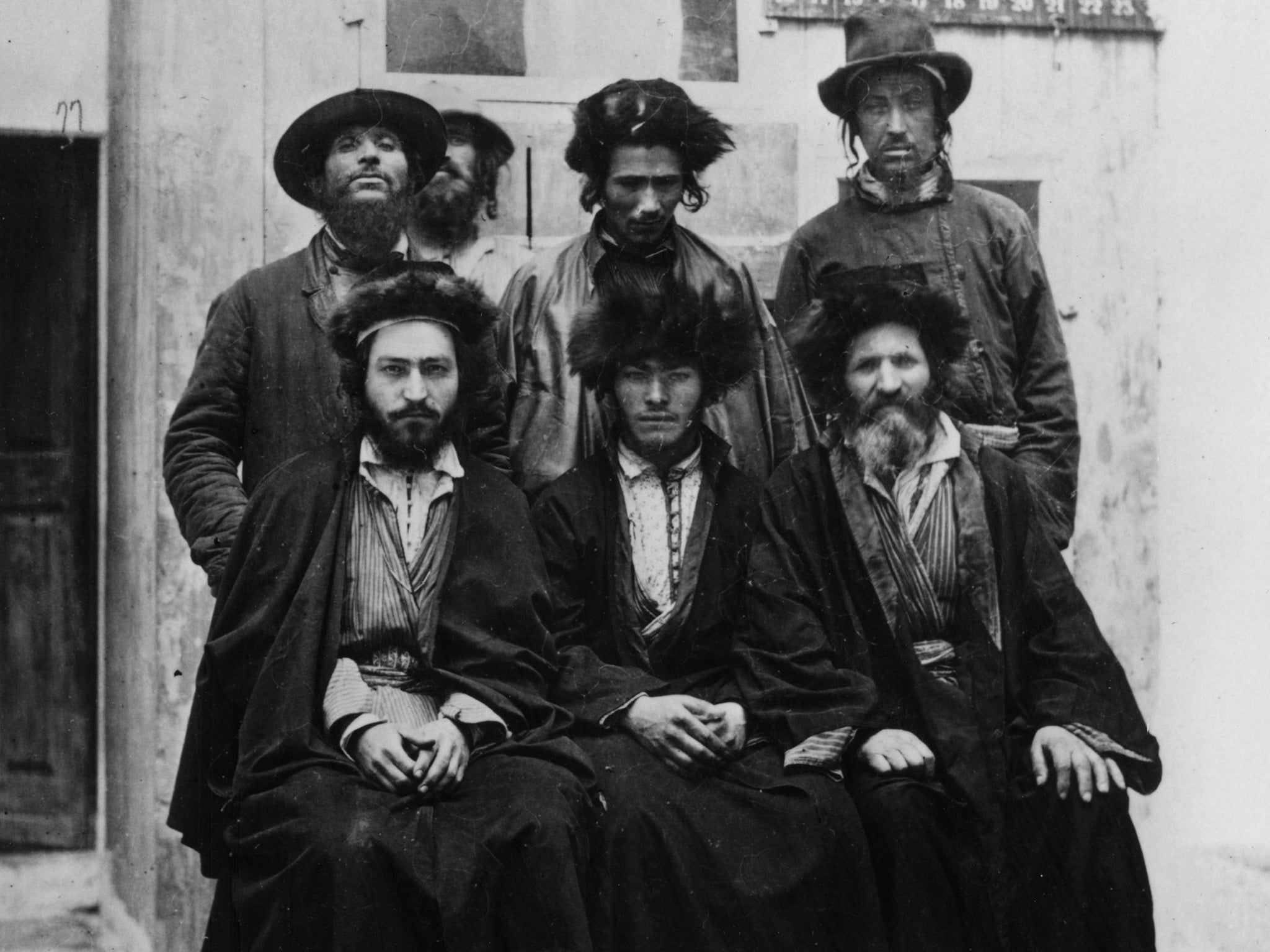
Turkic-Jewish Connections
Recent research suggests that Ashkenazi Jews may trace their origins to ancient communities in northeastern Turkey. Genetic analyses indicate that these Jewish populations descend from Greeks, Iranians, and others who settled in what is now northern Turkey over 2,000 years ago. These settlers likely converted to Judaism, possibly influenced by Jewish communities from Persia during the early centuries AD. But Turks and Jews had established connections long before their encounters in Selanika or Constantinople!

The Khazar Khanate and Mass Conversion to Judaism
In the 8th century, the Khazar Khanate, a Turkic state located between the Caspian and Black Seas, became unique in world history when its ruling elite—and possibly segments of its broader population—converted to Judaism. This strategic conversion allowed the Khazars to maintain neutrality and independence while navigating the rivalries between the Islamic Caliphates to the south and the Christian Byzantine Empire to the west.
The Khazars established Jewish traditions in governance and daily life, as evidenced by historical records such as the correspondence between Khazar King Joseph and Hasdai ibn Shaprut, a Jewish scholar and diplomat in Al-Andalus. Although the Khazar Empire declined by the 11th century, its legacy persisted, influencing Jewish migrations westward into Eastern Europe.
Some scholars speculate that distant Khazar Jewish descendants may have integrated into Jewish communities that later flourished in the Ottoman Empire. While there’s no direct evidence connecting the Khazars to specific Ottoman Jewish populations, their history represents an early and fascinating intersection of Turkic and Jewish identities, contributing to the broader narrative of Jewish life in the region.

The Karaköy Neighborhood and Jewish Commercial Legacy
Moving forward in history to the Byzantine and early Ottoman periods, the name Karaköy, a neighborhood in modern Istanbul, is linked to the Karaites, a distinct Jewish sect. The Karaites reject rabbinic oral traditions (such as the Talmud) and adhere strictly to the Hebrew Bible. Their name, derived from the Hebrew word qaraim (meaning “readers” or “scripturalists”), reflects their theological focus.

During the Byzantine era, Karaites are believed to have established a presence in what is now Karaköy. Their settlement likely influenced the naming of the area, with “Karaköy” combining a reference to the Karaites with “köy,” meaning “village” in Turkish. Under Ottoman rule, the Karaites were part of the Jewish millet but often maintained distinct practices and traditions, setting them apart from the larger Rabbinic Jewish population.

Karaköy became a melting pot of cultures and religions, particularly after the Sephardic Jews arrived following their expulsion from Spain in 1492. While the Karaite population in Karaköy has diminished, their historical presence remains embedded in the neighborhood’s identity, reflected in its name.
Balat’s Jewish Community: Welcoming the Sephardim
In 1492, the Alhambra Decree issued by Spain’s Catholic Monarchs, Ferdinand and Isabella, forced the expulsion of Jews from Spain.

This marked a turning point in Jewish history, as tens of thousands of Sephardic Jews sought refuge in lands more tolerant of their faith and culture. Sultan Bayezid II of the Ottoman Empire famously welcomed these exiles, criticizing Spain for “impoverishing their realm” while enhancing his own. This act of acceptance aligned with the Ottoman tradition of integrating skilled and productive communities into its diverse empire.

Many Sephardic Jews settled in Istanbul, particularly in Balat, a neighborhood along the Golden Horn already home to an established Romaniote Jewish community. This melding of Sephardic and Romaniote traditions created a vibrant and dynamic Jewish quarter that became a hub of cultural, religious, and economic activity. The arrival of Sephardic Jews enriched Istanbul’s Jewish community, introducing new languages, traditions, and practices that blended with local customs.
Key synagogues from this era, which continue to stand as historical landmarks, include:
Ahrida Synagogue

Built in the 15th century by Jewish immigrants from Macedonia, Ahrida is the oldest synagogue in Istanbul. Its distinctive boat-shaped bimah symbolizes the community’s journey to Ottoman lands, serving as a poignant reminder of both displacement and refuge. The synagogue became a spiritual and cultural center for the Romaniote and later Sephardic communities.
Yanbol Synagogue

Established by Jewish migrants from Yambol, Bulgaria, the Yanbol Synagogue reflects the ethnic and cultural diversity of Istanbul’s Jewish population. Its unique architecture and enduring legacy highlight the integration of various Jewish traditions under the Ottoman umbrella.
The Sephardic community thrived in the relatively tolerant environment of the Ottoman Empire, contributing to commerce, medicine, science, and the arts. Their arrival not only revitalized the Jewish quarter of Balat but also reinforced Istanbul’s status as a cosmopolitan and multicultural metropolis. The coexistence of Romaniote and Sephardic Jews in Istanbul underscored the city’s role as a sanctuary and a melting pot of cultures during this pivotal period.

Jewish Life in Ottoman Constantinople and the Rise of Kuzguncuk
Beyond the historic Jewish quarter of Balat, thriving Jewish communities also settled in neighborhoods such as Kuzguncuk, located on the Asian side of the Bosphorus. Kuzguncuk’s location is no surprise—its proximity to Beylerbeyi Palace reflects the close relationship between Ottoman Jewry and the palace, particularly in assisting with various intellectual endeavors.

In his book Ottoman Studies, renowned historian İlber Ortaylı highlights the progressive outlook of Ottoman Jewry, noting that in the late 19th century, they voluntarily shifted their educational curriculum’s language from Ladino to Turkish. This move aligned with the Ottoman Empire’s efforts to modernize and reflects the Jewish community’s active engagement in the broader cultural transformation of the time.

Known for its harmonious, multicultural population, Kuzguncuk became home to Jews, Greeks, Armenians, and Turks. This unique coexistence was embodied in the neighborhood’s architecture and community life. Synagogues like Bet Yaakov and Bet Nissim served as spiritual and communal hubs for the Jewish residents, while the tree-lined streets featured houses of worship for multiple faiths, showcasing Istanbul’s rich multicultural essence.
Kuzguncuk remains an enduring symbol of coexistence, where the Jewish community thrived alongside others, contributing to the city’s cultural and intellectual diversity. Its history highlights the dynamic role of Ottoman Jewry in shaping the empire’s cultural fabric, as well as their enduring legacy within Istanbul’s storied past.

The Republic of Turkey and the Decline of Balat’s Jewish Population
The early years of the Republic of Turkey were marked by significant contributions from Jewish scholars and professionals, particularly those fleeing Nazi persecution in the 1930s. Welcomed by the government, these individuals played a vital role in shaping Turkey’s modern educational, scientific, and cultural landscape, with achievements such as establishing the country’s first botanical gardens. Furthermore, Turkey was among the first countries to recognize the State of Israel in 1949, reflecting the cooperative spirit of the time.

However, this positive trajectory shifted in the 1950s due to various political and social changes. Policies and attitudes grew less accommodating, leading to emigration and further decline in the Jewish population, particularly in neighborhoods like Balat and Kuzguncuk. Despite these challenges, these areas still stand as a testament to the vibrant Jewish presence of the past, with synagogues and historical landmarks preserving the community’s enduring legacy.
Mustafa Kemal Atatürk: A Visionary from Selanika’s Cultural Mosaic
Mustafa Kemal Atatürk, the founder of modern Turkey, was born in Selanika (modern Thessaloniki), a city renowned for its Jewish-majority population and multicultural fabric.
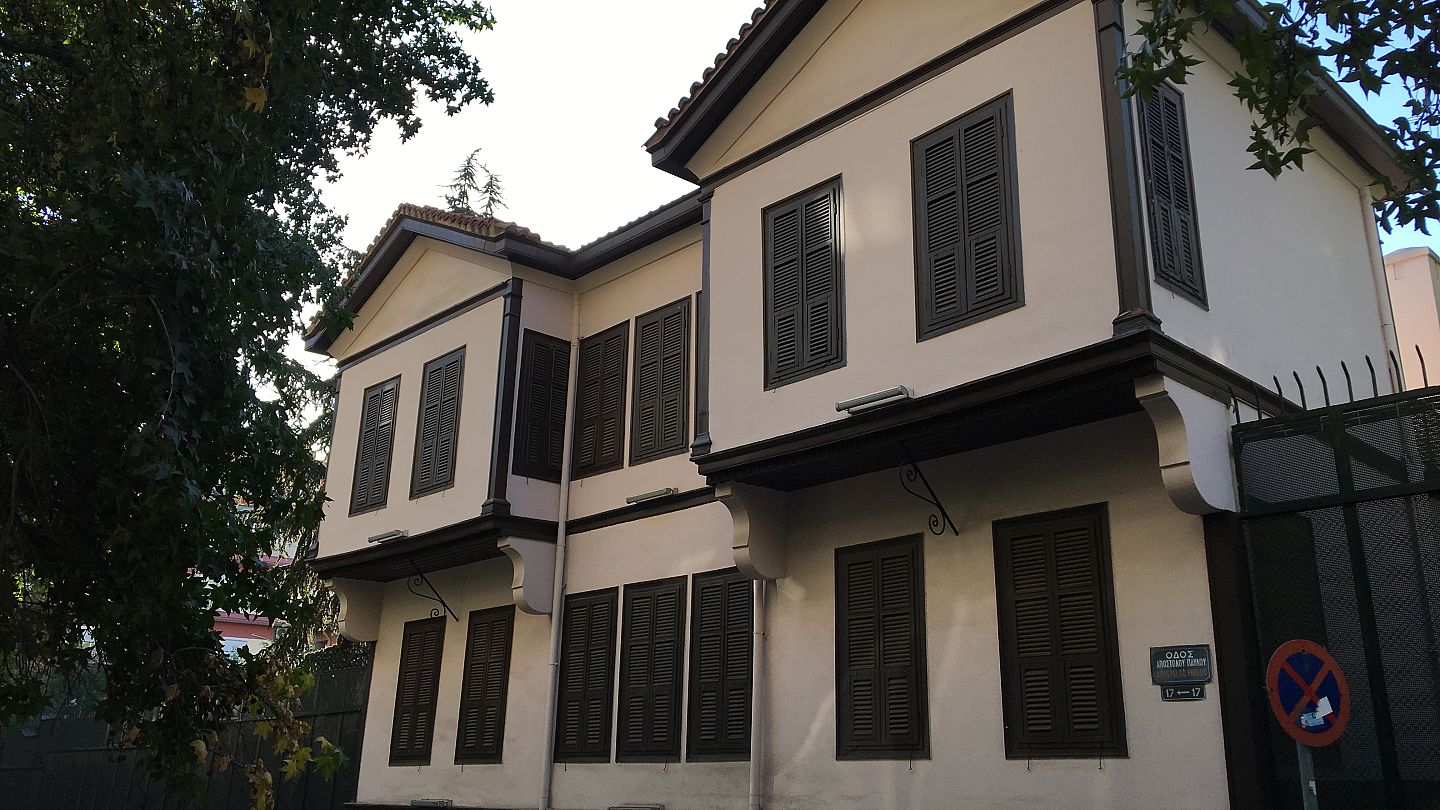
Growing up in a cosmopolitan environment influenced by Jewish, Muslim, and Christian communities, Atatürk developed a secular outlook that shaped his vision for a modern Turkish Republic. Selanika’s progressive, pluralistic culture informed Atatürk’s revolutionary ideals and commitment to creating a secular, unified Turkey. His connection to such a culturally rich city underscores the depth of Selanika’s influence on Turkish history.

Conclusion: Jewish Heritage in Istanbul and Beyond
Today, exploring neighborhoods like Balat and Kuzguncuk offers a rare opportunity to walk through Istanbul’s multicultural legacy. Balat’s colorful streets and historic synagogues, alongside Kuzguncuk’s harmonious blend of synagogues, churches, and mosques, reveal the vibrant history of Istanbul’s Jewish communities. These areas stand as living reminders of the city’s diverse identity, honoring the resilience and contributions of Istanbul’s Jewish population.

Get in touch for a guided tour
Discover Istanbul’s rich Jewish heritage with us! With years of experience guiding visitors through historic Jewish neighborhoods and synagogues, we offer an in-depth and heartfelt journey into this vibrant culture. Our passion for Jewish history and traditions shines through every tour, as we celebrate and share the incredible stories of Istanbul‘s Jewish community.








